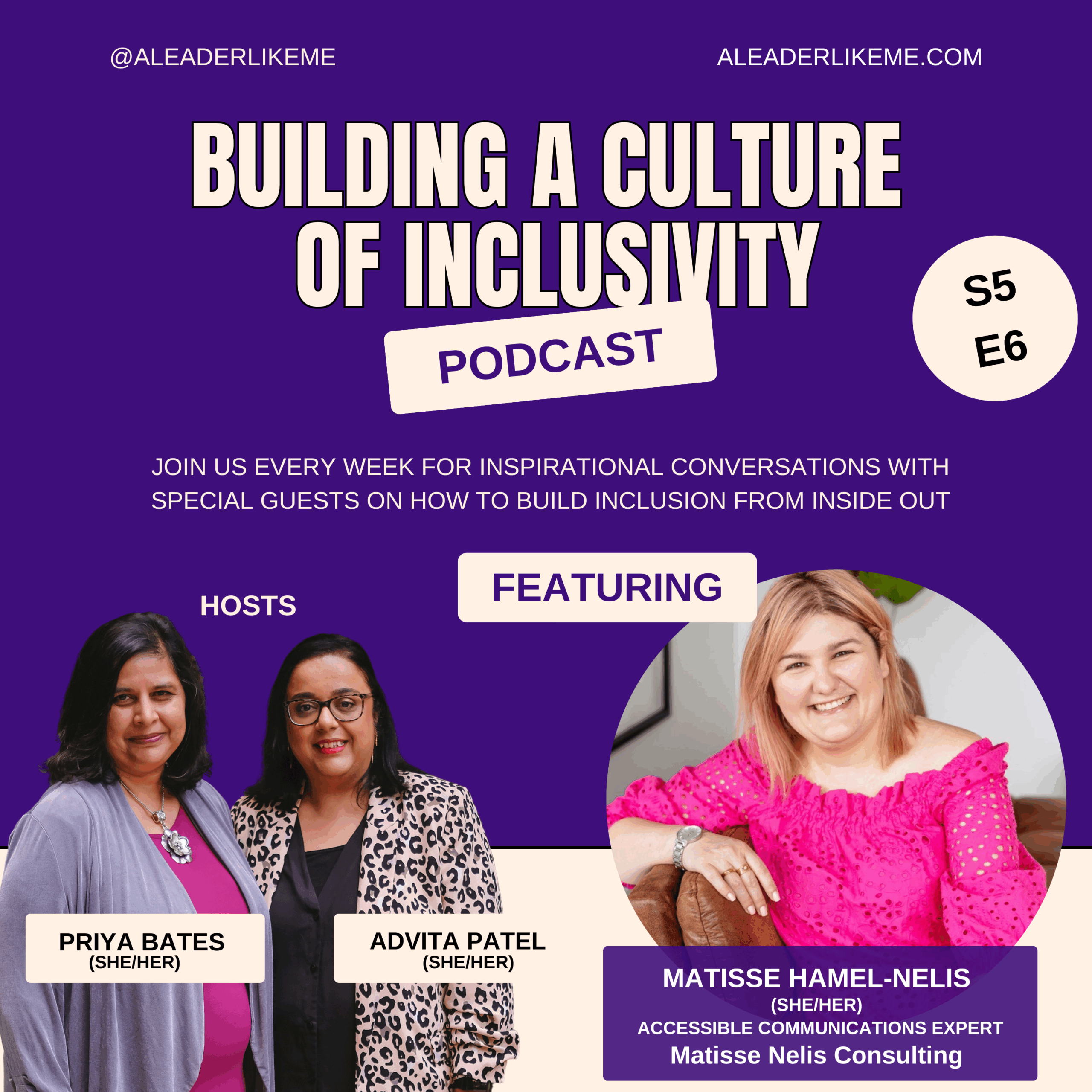Microaggressions are subtle, often unintentional, instances of discrimination or bias. These remarks, actions, or gestures may seem harmless to some but can be deeply hurtful or invalidating to others. Understanding microaggressions requires examining different perspectives—intent, interpretation, and impact—along with strategies for addressing them from both sides.
Intent: The Positive and Negative
The intent behind a microaggression can be positive or negative. Some microaggressions stem from ignorance or unconscious bias, where the individual may not intend to harm but does so inadvertently. For example, a comment like “You speak English so well!” might be intended as a compliment, yet it implies that the person is an outsider or not expected to be fluent in English.
On the other hand, microaggressions can also be rooted in more malicious intent. These instances are often subtle forms of prejudice, where the speaker disguises a derogatory or exclusionary message behind seemingly innocent words or actions. For example, asking someone, “Where are you really from?” can carry the implication that they don’t belong, no matter how long they’ve lived in the country or how many generations their family has been there.
Interpretation: The Role of Context and Experience
The interpretation of a microaggression is highly subjective, influenced by the recipient’s context, experiences, and identity. What one person might brush off as a minor comment, another might find deeply offensive due to their personal history or the accumulation of similar experiences over time.
For instance, a woman in a male-dominated workplace might find a colleague’s offhand comment about her being “too emotional” particularly hurtful, especially if she has repeatedly encountered gender-based stereotypes. On the other hand, someone else might interpret the same comment as a mere observation without any malicious intent. This difference in interpretation underscores the importance of considering the broader context in which microaggressions occur.
Impact: The Real-World Consequences
Regardless of intent, the impact of microaggressions can be profound. They can contribute to an environment of exclusion, eroding trust and damaging relationships. Over time, the cumulative effect of microaggressions can lead to feelings of alienation, decreased self-esteem, and even mental health challenges such as anxiety and depression.
For organizations, the impact can manifest in reduced productivity, lower job satisfaction, and higher turnover rates. Microaggressions can undermine diversity and inclusion efforts, making it difficult for marginalized individuals to feel valued and respected in the workplace.
Handling Microaggressions: Tips for Both Sides
For those who commit microaggressions:
- Reflect on Intent vs. Impact: Understand that even well-intended comments can be hurtful. Take the time to reflect on the impact of your words and actions.
- Listen and Apologize: If someone points out that your comment was offensive, listen without getting defensive. Acknowledge the impact and offer a sincere apology.
- Educate Yourself: Increase your awareness of different cultures, identities, and experiences. Seek out resources and training on unconscious bias and inclusive communication.
For those on the receiving end:
- Assess the Situation: Consider the context and intent before responding. Sometimes, a gentle correction can help educate the person who committed the microaggression.
- Express Your Feelings: If you feel safe, calmly explain how the comment or action affected you. Use “I” statements to focus on your experience rather than accusing the other person.
- Seek Support: If microaggressions are a recurring issue, reach out to HR, a supervisor, or a trusted colleague for support. It’s important to have allies who can help address the problem at a systemic level.
Conclusion
Microaggressions, though subtle, can have significant impacts on individuals and organizations. By understanding the nuances of intent, interpretation, and impact, and by adopting strategies to address these issues from both sides, we can foster more inclusive and respectful environments. Acknowledging and addressing microaggressions is not just about avoiding harm but about creating spaces where everyone feels valued and understood.
Curated by Priya Bates




